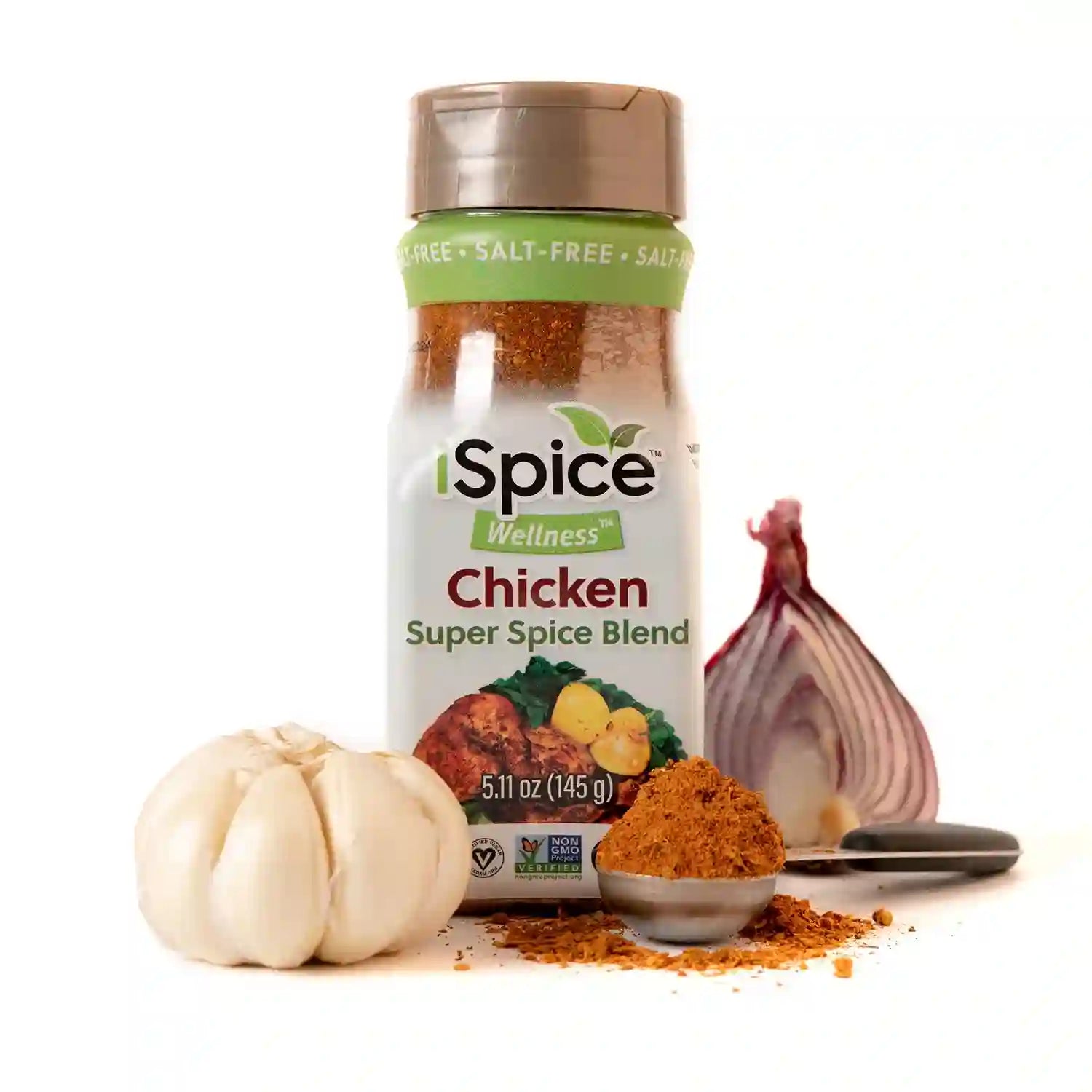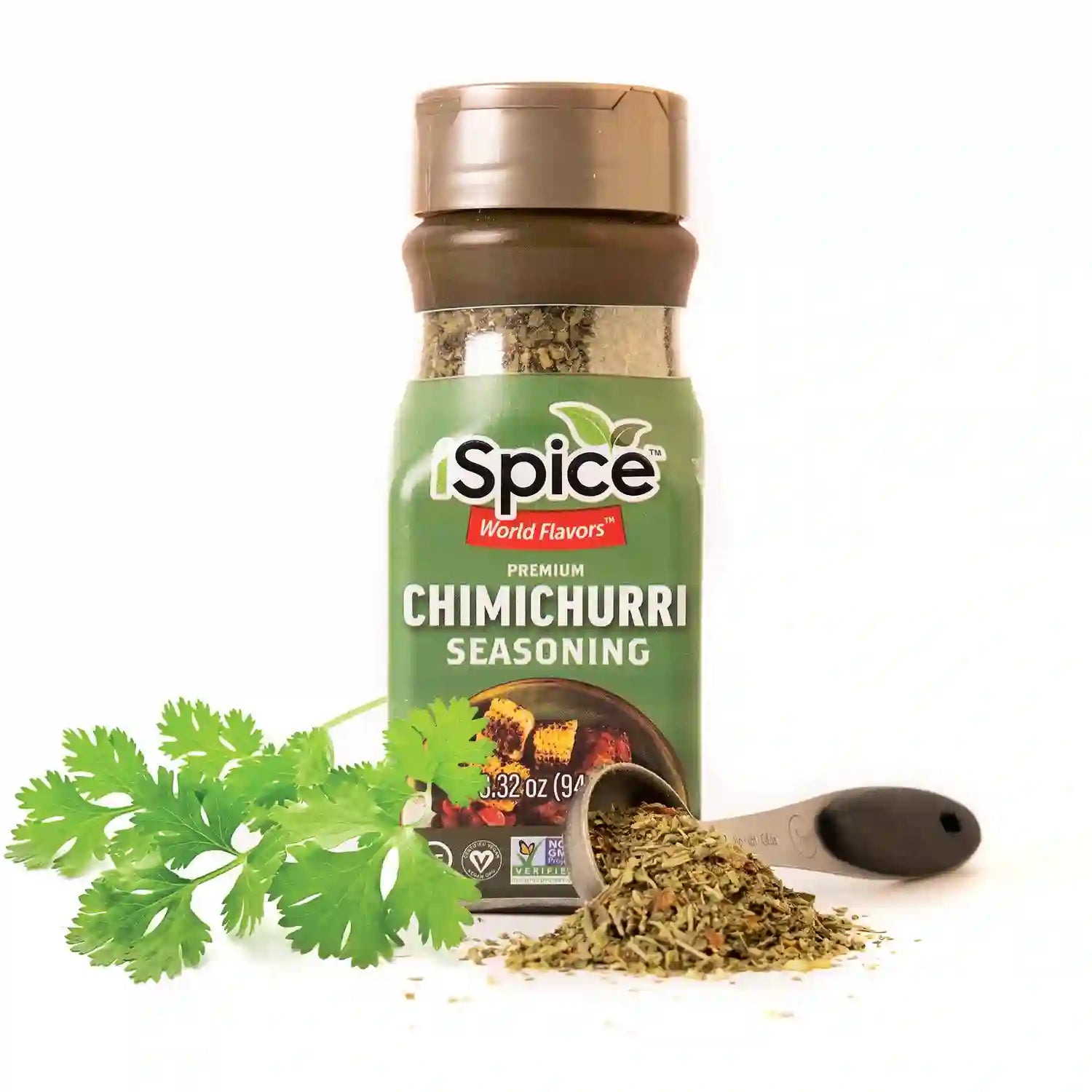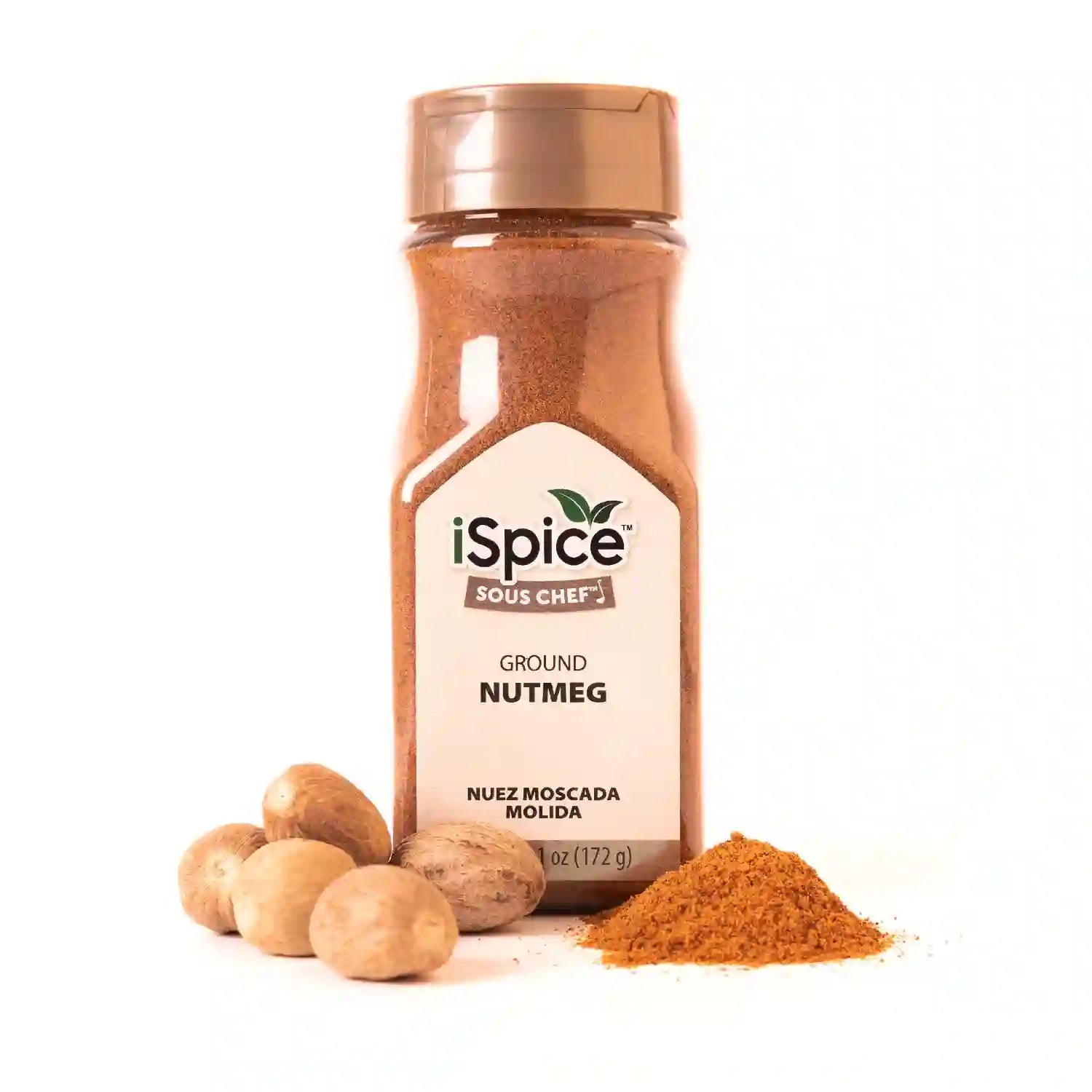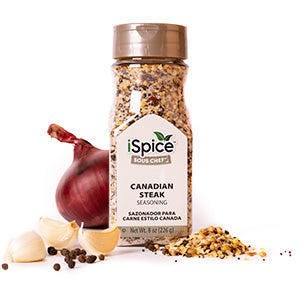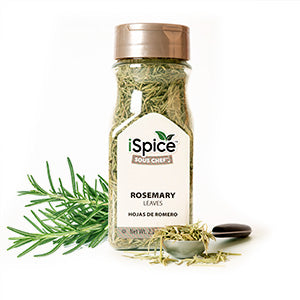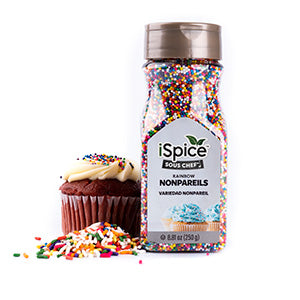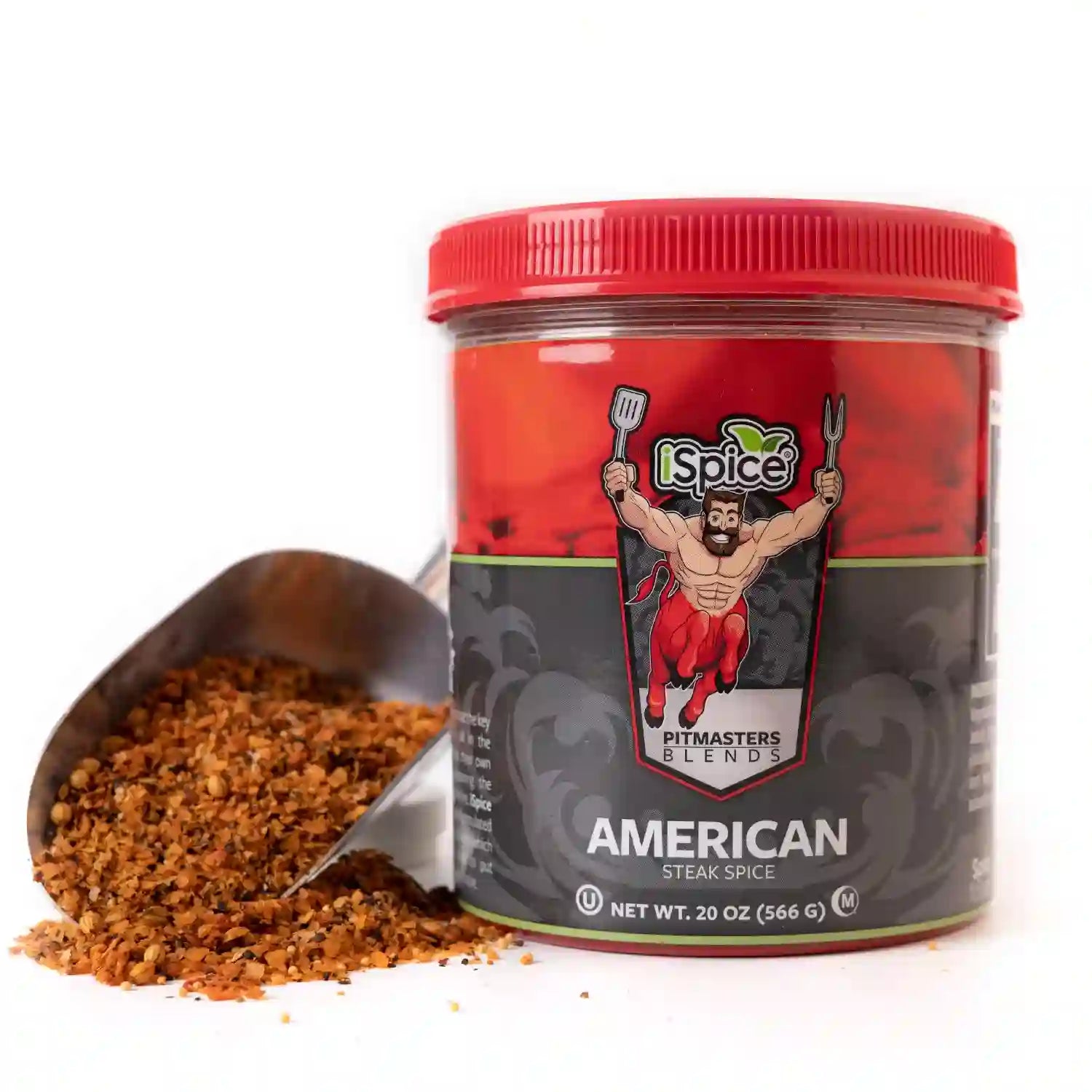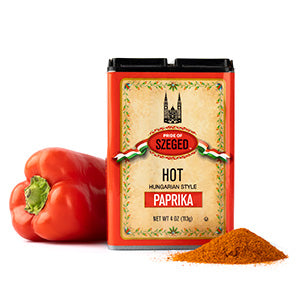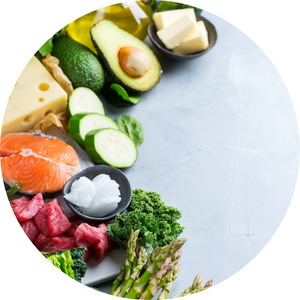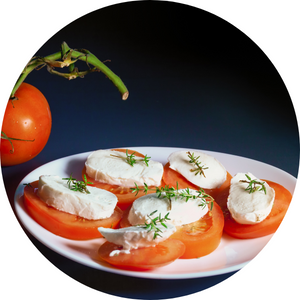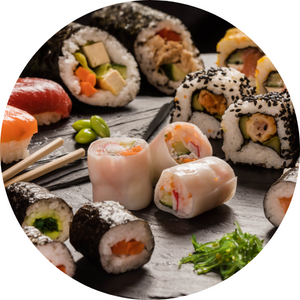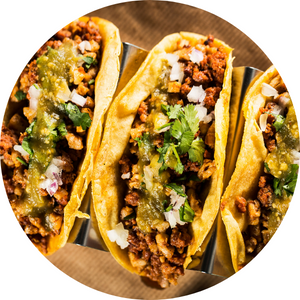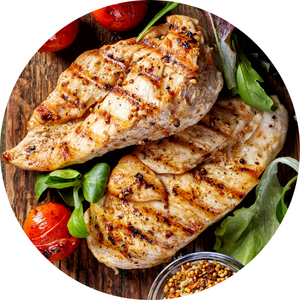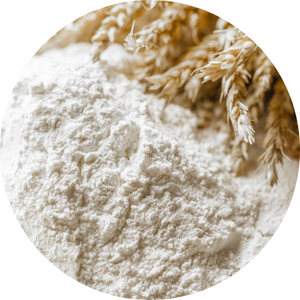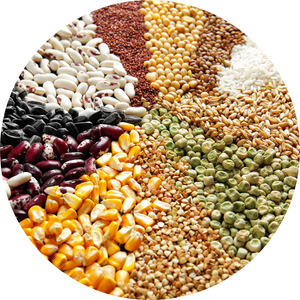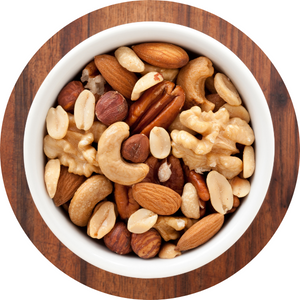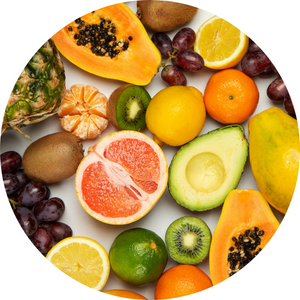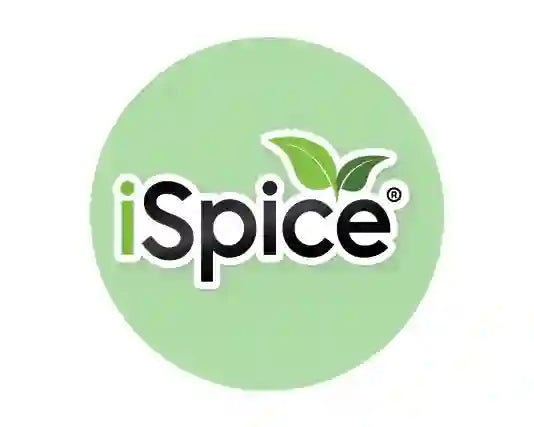
Dried vs. Fresh Oregano: A Culinary Comparison
Are you a cooking enthusiast or a food lover looking to enhance the flavors of your dishes? The choice between Dried and Fresh Oregano can make a significant difference in your culinary creations. In this detailed comparison, we'll dive into the world of oregano, exploring the nuances of dried and fresh varieties, their flavors, and how to use them in your recipes. Let's embark on this flavorful journey!
Flavor Profile
Dried Oregano: Dried oregano boasts a concentrated and robust flavor. The drying process intensifies its taste, making it earthy, slightly bitter, and aromatic. It pairs exceptionally well with tomato-based sauces, pizza, and Mediterranean dishes, providing a rich and distinctive herbal note.
Fresh Oregano: Fresh oregano, on the other hand, offers a milder and more vibrant flavor. It has a fresh, grassy, and citrusy aroma with a hint of mint. Fresh oregano shines in salads, marinades, and dishes where you want a lighter and brighter herbal touch.
Culinary Uses
Dried Oregano: Dried oregano is a pantry staple for many. It's perfect for recipes that require longer cooking times, such as stews, soups, and slow-cooked dishes. Its intense flavor infuses the entire dish, adding depth and complexity. Remember to crumble it between your fingers before adding it to your recipe to release its full aroma.
Fresh Oregano: Fresh oregano is best used as a finishing touch or in dishes with shorter cooking times. Add it to salads, pasta, grilled meats, or sprinkle it over pizza just before serving to enjoy its fresh and vibrant taste. The leaves can also be used as a garnish to enhance the visual appeal of your dishes.
Substitution Tips
If you find yourself without one form of oregano and need to substitute the other, here are some tips:
-
Dried to Fresh: When replacing dried oregano with fresh, use three times the amount called for in the recipe. For example, if a recipe asks for one teaspoon of dried oregano, use three teaspoons (or one tablespoon) of fresh oregano.
-
Fresh to Dried: If you need to substitute fresh oregano with dried, use one-third of the amount specified. For instance, if a recipe calls for three tablespoons of fresh oregano, use one tablespoon of dried oregano.
Cooking Tips
To make the most of oregano in your dishes, consider these cooking tips:
-
Dried Oregano: Add it early in the cooking process to allow its flavors to meld with the dish. It works exceptionally well in slow-cooked recipes.
-
Fresh Oregano: Use it as a garnish or add it towards the end of cooking to preserve its delicate flavors and aroma.
Dried vs. Fresh Oregano: Which Should You Choose?
In summary, the choice between dried and fresh oregano depends on your culinary needs and the flavors you want to achieve. Here's a quick guide to help you decide:
-
Choose Dried Oregano when you want an intense and earthy flavor for dishes with longer cooking times, such as pasta sauces, stews, and roasts.
-
Choose Fresh Oregano for a milder and vibrant herbal taste in salads, marinades, and dishes that require a fresh and lively touch.
Experiment with both forms of oregano in your recipes, and you'll discover how each can elevate your dishes in its unique way.
FAQs
Q: Can I substitute dried oregano for fresh oregano in a recipe? A: Yes, you can. Use one-third of the amount of dried oregano when substituting for fresh, and remember to adjust to taste.
Q: Which type of oregano is better for homemade pizza? A: Both dried and fresh oregano work well for pizza, but many prefer the intensified flavor of dried oregano.
Q: How should I store dried oregano to maintain its freshness? A: Store dried oregano in an airtight container in a cool, dark place to preserve its flavor and aroma.
Q: Can I use dried oregano in salads? A: While fresh oregano is often preferred for salads, you can use a small amount of dried oregano sparingly for added flavor.
Conclusion
Whether you opt for the concentrated depth of dried oregano or the vibrant freshness of the fresh variety, oregano is a versatile herb that can elevate your dishes to new heights. Understanding the differences and knowing how to use each type effectively in your cooking will empower you to create delightful meals with the perfect oregano touch.
Alert: While spices can have many beneficial properties for health, using them for medical purposes should be done under the guidance and supervision of a healthcare professional or specialist. Some spices may interact with medications or cause adverse reactions in certain individuals, and it is important to use them safely and appropriately. If you are considering using spices for a medical condition, it is important to consult with a healthcare professional before doing so.

